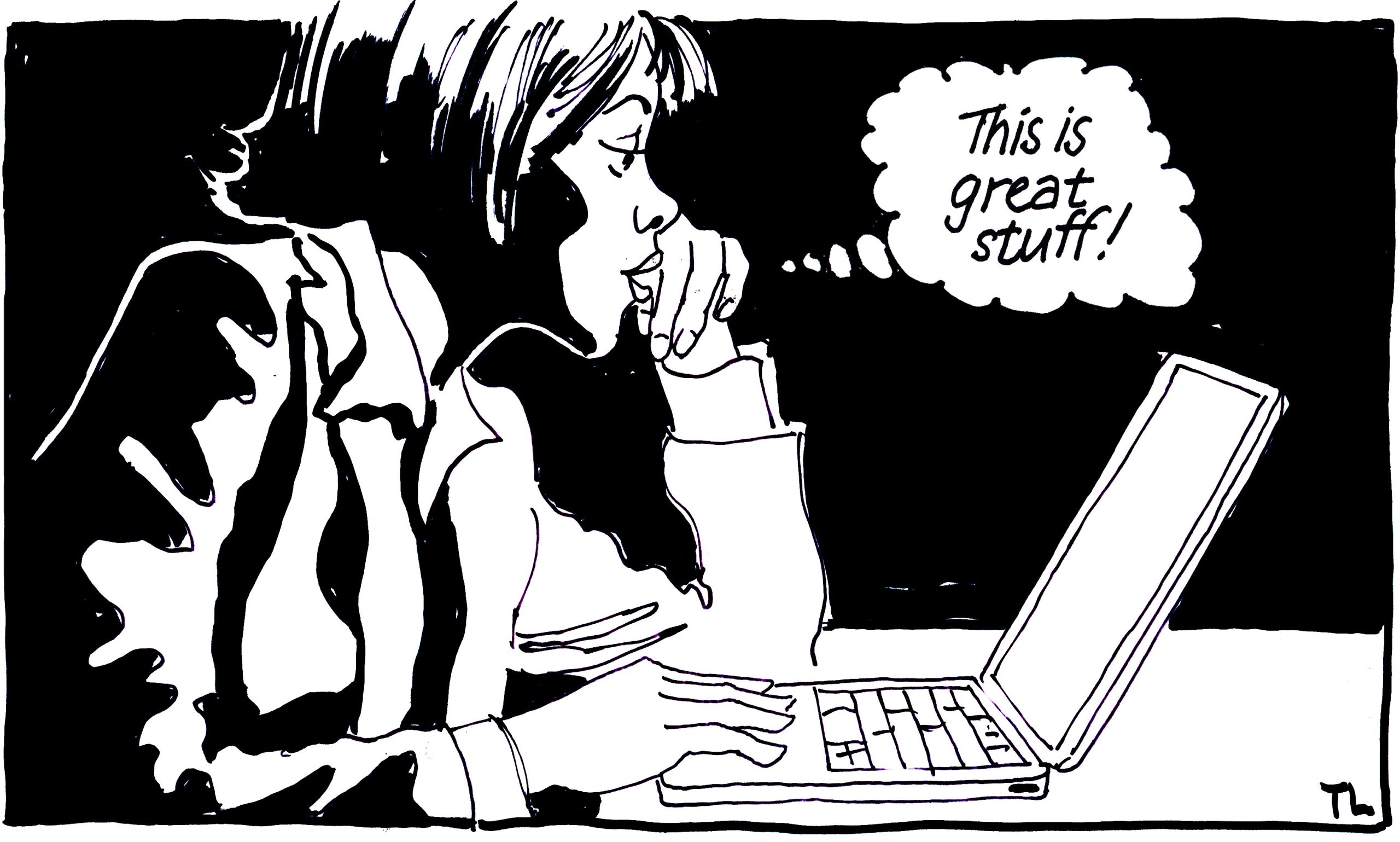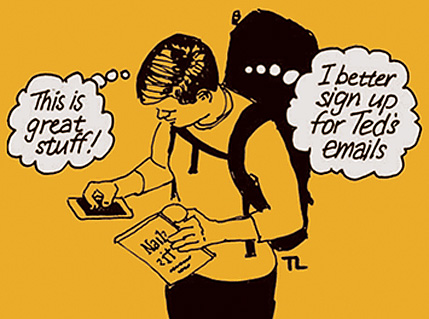Designing the Future

If it looks better, it sells better. This is the promise of the package design industry, a promise ever more relevant in our technology-driven, competitive, wide-open world. As designers and visual communicators, we have always responded to shifts in society and in technology. Our skill is to make the opportunities of our time more accessible, more useable, and more desirable.
At the end of World War I, the benefits of the industrial revolution were just beginning to have an impact on the American middle class consumer. New machines and mass manufacturing produced inexpensive, well-made goods. New printing and photography technologies combined to put beautiful visuals — and four-color advertising — into the hands of millions through newspapers and weekly magazines.
Visualizing New Ideals
Consumer research, retailing, catalogs, and a few brands were in place and ready for the great boom in the mass market that was just around the corner. But, products and services still looked like the past. What would the future look like? Enter Raymond Loewy, a Frenchman, who came to the United States with $40 in his pocket.
The market crash of 1929 was followed by a dramatic rise in competition between the surviving companies. The design of products was beginning to be taken seriously as a way to increase sales. Gestetner Duplicator had heard of the young French designer’s work and thought their duplicator would sell better if it looked better. In 1929, they hired Raymond Loewy.
Loewy bought some modeling clay, lugged the duplicator up to his Manhattan apartment and spent a week reshaping the machine using the clay right over the top of the existing frame. The client loved the result, and the product sold.
In 1934 Loewy redesigned the Coldspot, Sears Roebuck’s store brand fridge. Middle America loved the result. Sales quadrupled. Word got out and Loewy was a made man.
In 1940 the chairman of American Tobacco bet Loewy $50,000 that he couldn’t improve the Lucky Strike package. Loewy simplified the image and put it on both the front and the back, winning the bet.
In 1949 Loewy was featured on the cover of Time magazine. By that time his work had reached everyone in the country, the postwar boom was raging, and clients knew Loewy spoke the truth when he said that the prettiest curve was “an upward sweeping sales curve.”
Loewy’s work for Lucky Strike, Shell, and Nabisco all resonates with a simple power that we still associate with the core identity message of a powerful brand. He understood the power of a visual signal that insures that the brand, once recognized, is remembered. He also demonstrated that design could humanize the products of the machine age by making them more accessible, more useable and more desirable.
Designing the Future
Loewy provided the foundation for the modern brand design consultancy. We all owe our careers to him. But, it took others to move brand design into the professional consultancies we know today.
In 1941 Walter Landor founded Landor Associates in San Francisco with a belief in the power of design to persuade people to buy. Landor used consumer research to test alternate package designs, and to learn more about how design influences our decisions. He understood the nature of the change in the retail environment and how design could help manufacturers through the transition.
“Fifteen years ago, a sales clerk might recommend a brand of soap, paint, peas, or candy,” Landor famously remarked. “Today the package itself must do the talking.” That was in 1956, and it’s still true today. He also understood the power of brands to make emotional connections when he said: “Products are made in the factory, but brands are created in the mind.”
The Pressure to Innovate
Loewy, Landor, and their peers were the innovators who created an industry that has now institutionalized itself with well worked out brand-building practices. And, boy are we institutionalized: Amazon lists 2,257 books on branding and another 1,358 on packaging design.
Today, we are on the threshold of another big change. How will package designers prepare for and respond to the new opportunities and challenges presented by Internet connectivity?
Packaging design is overdue for a change. The pressure for ever-lower costs has resulted in less innovation and more imitation. Many categories of packaging are simply refined versions of concepts created by Raymond Loewy in the 1930s and systemized by Walter Landor in the 1950s. Who will design the future? And what are the new demands of the future? And how will the new influence of connectivity affect the design of packaging?
Tropicana’s new look was rolled back by online social networkers. Will we be using these same sites to gather information, and to test designs? Who will get there first? Today’s consumers are more sensitive to environmental issues. Can we stop the waste of materials? Consumers are tired of elaborate plastic, board, and paper packages, all of which proclaim their “green” qualities, but end up in landfills.
How about usability? Many of today’s packages cannot be opened without tools. In 1929 Loewy used clay to redesign the duplicator, and a pencil to redesign Lucky Strikes. Today he would use sophisticated, affordable software programs on his laptop. Anyone with an idea and a little expertise can set assembly lines in Asia in motion with nothing more than a few keystrokes, and days later a prototype will be delivered to their doorstep.
Today you can identify a need, access the science and technology to fill the need, target and reach the people who have the need, and create or manufacture the resulting product or service all from your laptop. Better yet, you can access the funding and organizational support required to bring your concept to reality through online resources and networks.
There are designers at work right now creating their own offers that go from concept directly to consumer — bypassing the traditional channels completely. Some will bypass the package itself.
CAD/CAM programs are becoming more accessible every day. 3D printers are cheap. Rapid prototyping shops are springing up to cater to the entrepreneur. And we all know that we can go from concept to plate directly from our Macs, bypassing the huge redundancies in the packaging industry. We have the potential for total control from concept to user. We have the power to include the consumer in the process insuring that concepts really meet people’s needs.
Today we can do way more than just make it look better to sell better. The connectivity revolution presents opportunities to make the technologies of our time more accessible, more useable, and more desirable than Loewy and Landor ever dreamed of.
This article originally appeared at Package Design Magazine.

